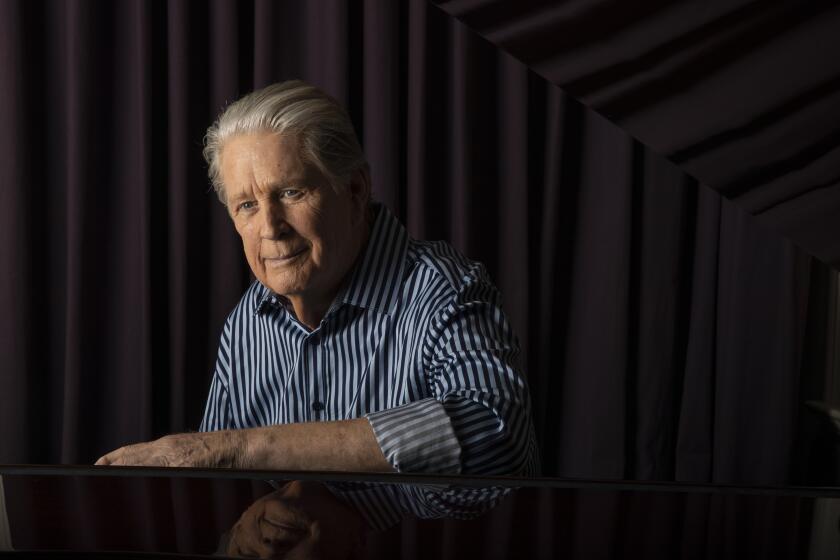DANCE REVIEW : BISSELL, JAFFE IN ‘BEAUTY’
- Share via
With a partial power failure in the Rose Adagio and a Bluebird who took an unscheduled swan dive, the Thursday performance of the new American Ballet Theatre “Sleeping Beauty” was hardly uneventful.
Just as Susan Jaffe began the first sequence of sustained balances-in-extension that make the Rose Adagio the touchstone of ballerina technique, the lights went out on the stage of Shrine Auditorium. Lit for a few moments only by back-of-the-house spotlights, Jaffe and her four partners continued--with no evident loss of concentration or security.
Throughout the evening, Jaffe danced with gorgeous line, phrasing and technical brilliance, but there was always a sense of calculation to her Aurora, a coldness under those unyielding smiles, that kept the portrayal from being convincing in basic emotional terms.
In the vision scene, however, her suggestion of pain-in-enchantment (the suffering of someone condemned to eternal sleep) revealedexpressive resources apparent in her Juliet last year but visible nowhere else in this ballet.
Similarly, her suave Prince, Patrick Bissell, delivered a carefully shaped, strongly executed performance, but one curiously lacking in heat or even much rapport with his Aurora. As always, Bissell had a distinctive Romantic presence and extraordinary power as a dancer. But sometimes energy isn’t the same thing as life.
In the Bluebird pas de deux, Amanda McKerrow danced with great delicacy and fleetness as Florine and even coped well with Gil Boggs’ rough partnering. Besides his accidental fall, Boggs’ performance was notable for bounciness (rather than lightness), mastery of the character’s celebrated skimming steps and a consistent lack of elegance.
More to Read
The biggest entertainment stories
Get our big stories about Hollywood, film, television, music, arts, culture and more right in your inbox as soon as they publish.
You may occasionally receive promotional content from the Los Angeles Times.










